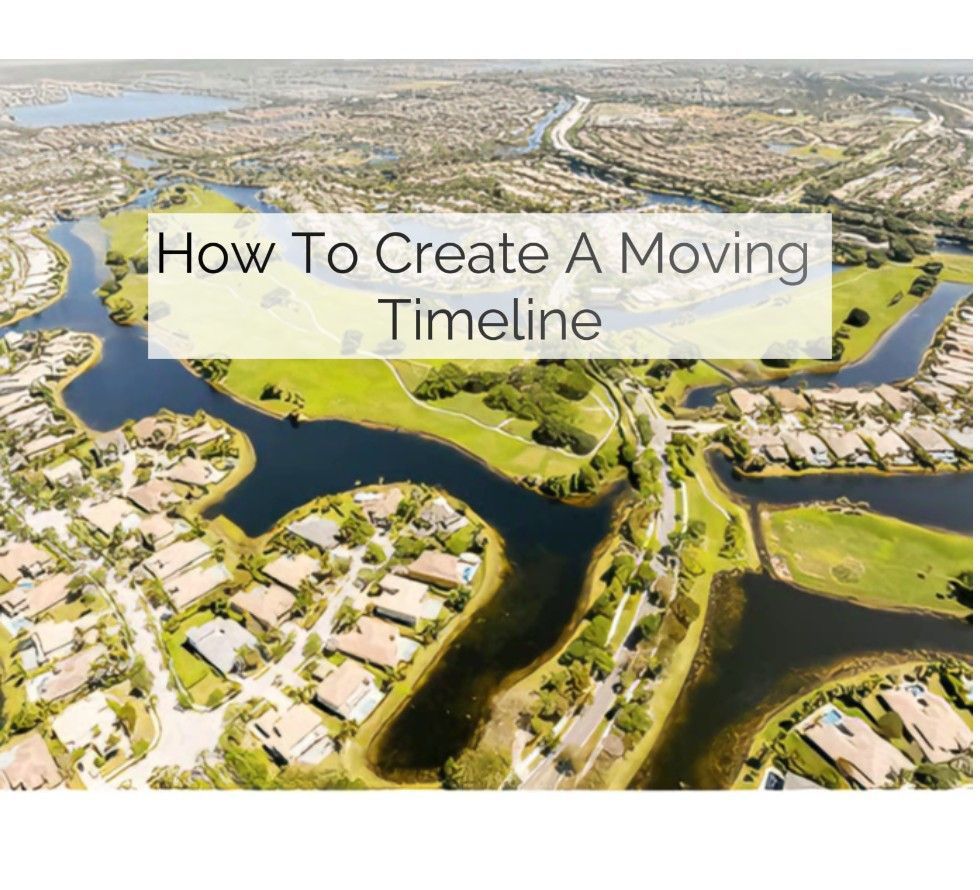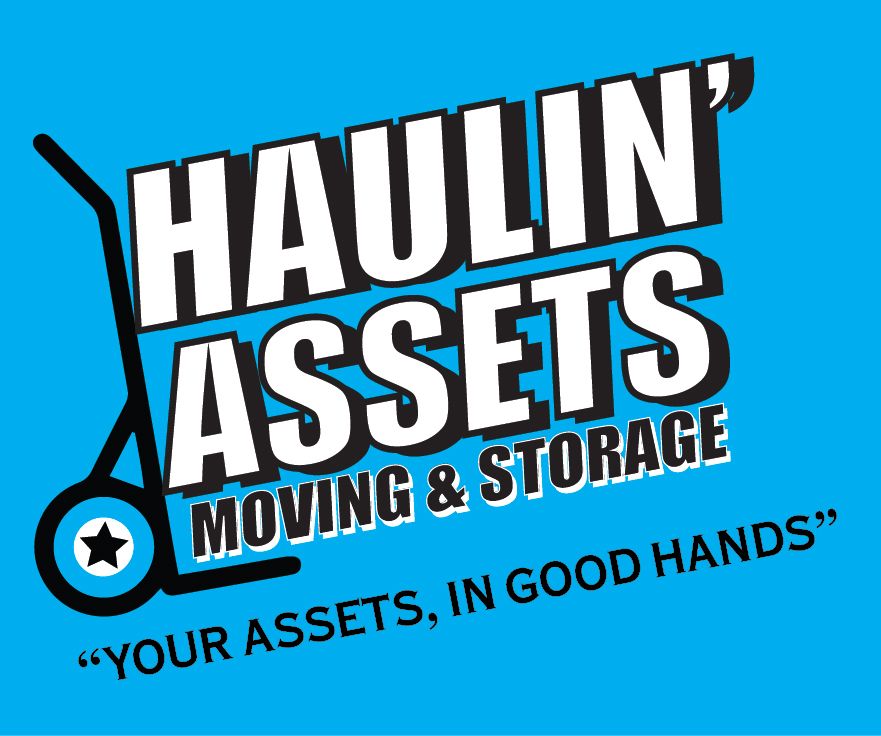Moving to Florida is an exciting opportunity to enjoy a new lifestyle filled with sunshine, beaches, and no state income tax! But how do you officially become a Florida resident? Haulin' Assets Moving & Storage can help you every step of the way, from packing up your old home to settling into your new one in Pompano Beach, FL. Let's dive into what it takes to make Florida your official home. Residency in Florida means that you live in the state and intend to make it your permanent home. This has legal implications like paying taxes in Florida and qualifying for state-specific benefits. Typically, your "residence" or "domicile" is the place you plan to return to after any trips or temporary stays elsewhere.
Why Move to Florida?
Florida offers many perks that make it a sought-after destination for new residents. Some of the top financial benefits include:
- No State Income Tax: Keep more of your paycheck since Florida doesn't take a cut.
- Homestead Exemption: Significant property tax reductions for primary residences.
Beyond financial perks, the lifestyle advantages are hard to beat:
- Warm Climate: Enjoy sunny weather almost year-round.
- Attractions and Activities: From Disney World to the Everglades, there's always something to do.
- Beaches: With so many beautiful beaches, you'll have plenty of choices for sun and sand.
Steps to Legally Establish Residency in Florida
Becoming a legal resident of Florida involves several important steps. Below, we’ll break down each one to make your transition smooth and straightforward.
Declare Your Intent to Become a Florida Resident
One of the first steps to establish residency is signing a Declaration of Domicile. This document affirms that you reside in Florida and consider it your permanent home.
- Where to File: Usually, you can file this document at your local County Clerk’s office.
- Required Information: Your name, present address, and a statement declaring your residency.
Change Your Address
Next, you’ll need to update your address with all relevant institutions:
- USPS: Submit an address change form online or at your local post office.
- Banks and Credit Cards: Notify your banks and credit card companies of your new address.
- Other Important Institutions: Update your address with insurance providers, subscriptions, and other services.
Obtain a Florida Driver’s License
Getting a Florida driver’s license is a crucial step to becoming a resident. Here’s what you need:
- Required Documents:
- Proof of identity (e.g., birth certificate or passport)
- Social Security Number
- Proof of Florida address (e.g., utility bill or lease agreement)
- Process: Visit your local DMV office to submit your documents and pass a vision test. You may also need to surrender your out-of-state driver's license.
Register Your Vehicle in Florida
You'll also need to register your vehicle in Florida. Here's how:
- Required Documents:
- Out-of-state title and registration
- Proof of Florida insurance
- Your new Florida driver’s license
- Fees: Registration fees vary, so check the latest rates here.
- Emissions and Safety Tests: While Florida doesn’t require emissions tests, verifying if your vehicle needs any specific inspections is always a good idea.
Register to Vote in Florida
An essential part of becoming a Florida resident is registering to vote. Here’s what you need to do:
- How to Register: You can register online through the Florida Voter Registration website, or fill out a paper form available at DMV offices and county elections offices.
- Important Dates and Deadlines: Make sure to check registration deadlines, especially before major elections.
Additional Steps to Solidify Your Residency
Open Financial Accounts in Florida
Securing your finances in your new state is essential. Start by:
- Opening a Local Bank Account: Choose a bank with multiple branches near your new home. You'll typically need ID and proof of your Florida address to open an account.
- Transferring Financial Investments: Notify your financial advisors and update your address and state residency for any stock portfolios or retirement accounts.
Employment and Payroll
Make sure your primary income and job-related paperwork reflect your new state of residency:
- Inform Your Employer: Provide your Florida address to ensure proper tax withholding.
- Update Payroll Details: Ensure all income reflects Florida residency, impacting state tax exemptions.
Health Insurance and Medical Providers
Switching your medical services to Florida is vital for continued care and coverage:
- Finding a Primary Care Physician: Use services like Healthgrades or Zocdoc to find highly-rated doctors.
- Updating Health Insurance: Inform your health insurance provider of your move to ensure continuous coverage. If your provider does not operate in Florida, seek a new one that does.
Embracing Your New Florida Life
Becoming a Florida resident offers countless benefits, from tax savings to enjoying a sunny lifestyle. Ensuring you follow the legal steps, update necessary documents, and integrate into your community makes the transition smoother. Whether you're moving to a bustling city like Miami or a quieter area like Pompano Beach, Florida has something for everyone.
At Haulin' Assets Moving & Storage, we're dedicated to making your move as effortless as possible. Let us handle the heavy lifting so you can focus on settling into your new home. Welcome to your exciting new life in Florida!


